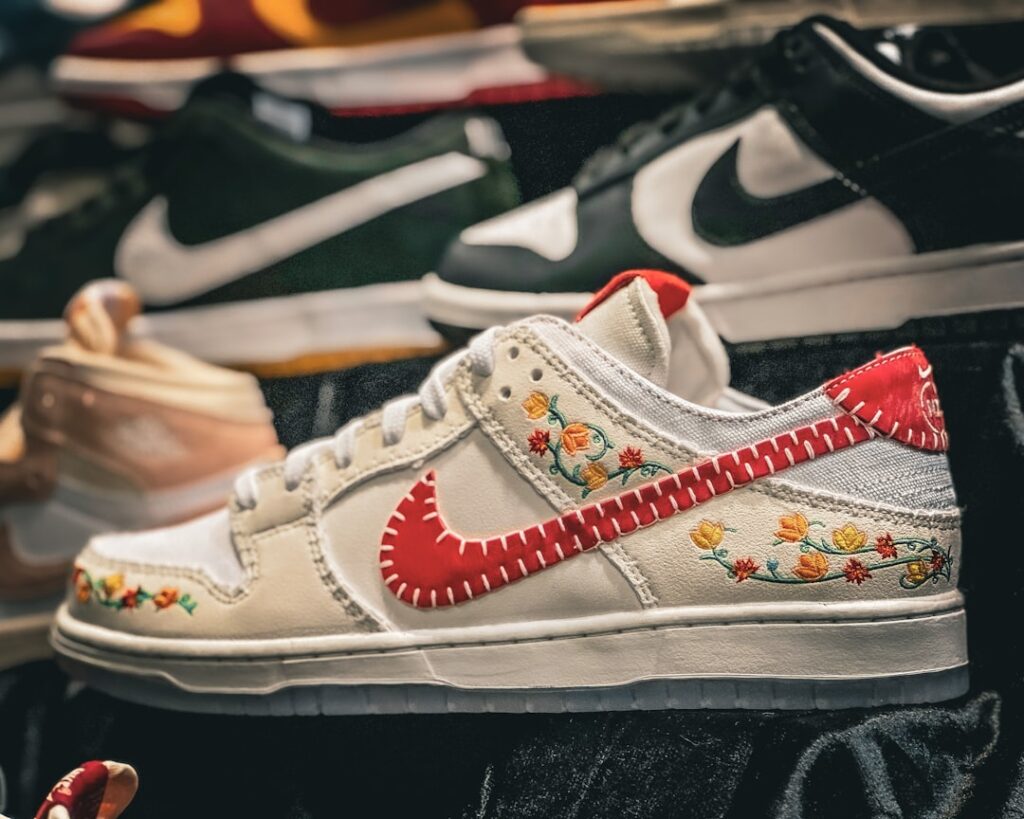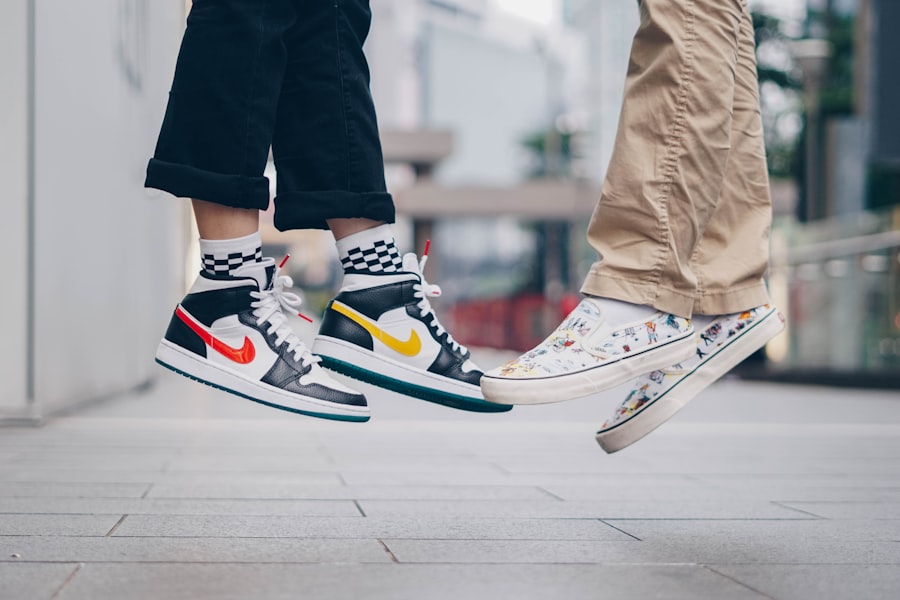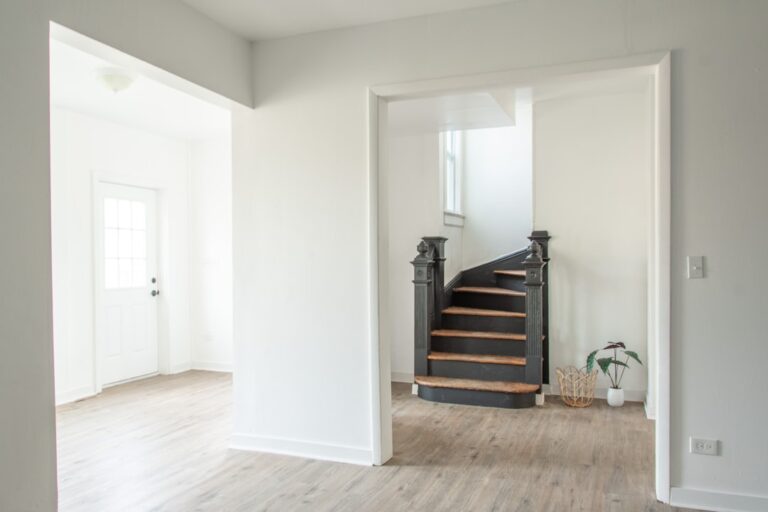
Functional fashion has undergone a remarkable transformation over the decades, evolving from purely utilitarian garments to sophisticated pieces that blend practicality with aesthetic appeal. In the early 20th century, clothing was primarily designed for function, with garments like workwear and military uniforms prioritizing durability and utility. The industrial revolution played a significant role in this evolution, as mass production allowed for the creation of clothing that could withstand the rigors of labor while still being accessible to the general public.
For instance, denim jeans, originally designed for miners and laborers, became a staple of American culture, symbolizing both ruggedness and rebellion. As society progressed into the mid-20th century, the concept of functional fashion began to shift. The rise of sportswear in the 1960s and 1970s introduced a new dimension to functional clothing, as designers started to incorporate elements of style into athletic wear.
Brands like Nike and Adidas began to emerge, focusing on performance-enhancing materials while also appealing to a fashion-conscious audience. This period marked the beginning of a significant cultural shift where clothing was no longer just about function; it became a means of self-expression. The blending of fashion and function laid the groundwork for what would later be known as athleisure, a trend that would redefine how we perceive and wear functional clothing.
The Influence of Athleisure on the Fashion Industry
Athleisure has become a dominant force in the fashion industry, reshaping consumer expectations and influencing design philosophies across various brands. This trend, characterized by clothing that is suitable for both athletic activities and casual wear, has blurred the lines between traditional sportswear and everyday fashion. The rise of athleisure can be attributed to several factors, including the increasing emphasis on health and wellness in contemporary society.
As more individuals prioritize fitness and active lifestyles, the demand for versatile clothing that can transition seamlessly from the gym to social settings has surged. Major fashion houses have taken notice of this shift, integrating athleisure elements into their collections. High-end designers like Stella McCartney and Alexander Wang have collaborated with sports brands to create stylish yet functional pieces that cater to this growing market.
The popularity of athleisure has also led to the emergence of new brands focused solely on this niche, such as Lululemon and Gymshark, which have successfully captured the attention of consumers seeking both performance and style. This trend has not only influenced casual wear but has also permeated formal attire, with tailored joggers and stylish sneakers becoming acceptable choices for business casual environments.
The Intersection of Comfort and Style in Modern Fashion

In today’s fast-paced world, comfort has become a paramount consideration in fashion design. The modern consumer seeks clothing that not only looks good but also feels good to wear. This intersection of comfort and style has led to innovative designs that prioritize ease of movement without sacrificing aesthetic appeal.
Fabrics such as jersey, modal, and stretch blends have gained popularity due to their soft textures and flexibility, allowing for a more relaxed fit that accommodates various body types. Designers are increasingly experimenting with silhouettes that promote comfort while maintaining a fashionable edge. Oversized garments, relaxed fits, and layering techniques have become staples in contemporary wardrobes, reflecting a shift away from restrictive styles that dominated previous decades.
For example, the rise of wide-leg trousers and oversized blazers exemplifies this trend, as they offer both comfort and a chic appearance. Additionally, brands are incorporating features like adjustable waistbands, breathable materials, and moisture-wicking technologies into their designs, further enhancing the comfort factor while ensuring that consumers do not have to compromise on style.
The Rise of Sustainable and Ethical Functional Fashion
| Metrics | Data |
|---|---|
| Number of sustainable fashion brands | 200 |
| Percentage of consumers interested in ethical fashion | 75% |
| Amount of clothing waste reduced by sustainable fashion | 30% |
| Number of sustainable fashion events | 50 |
As awareness of environmental issues grows, so does the demand for sustainable and ethical practices within the fashion industry. Functional fashion is no exception; consumers are increasingly seeking out brands that prioritize eco-friendly materials and ethical production methods. This shift is driven by a desire for transparency in the supply chain and a growing understanding of the impact that fast fashion has on the environment.
Brands are responding by adopting sustainable practices such as using organic cotton, recycled materials, and low-impact dyes in their collections. The rise of sustainable functional fashion is exemplified by companies like Patagonia and Everlane, which have built their reputations on ethical sourcing and environmental responsibility. Patagonia’s commitment to using recycled materials in its outdoor apparel not only reduces waste but also appeals to environmentally conscious consumers who value sustainability alongside functionality.
Similarly, Everlane’s “Radical Transparency” initiative provides customers with detailed information about production costs and factory conditions, fostering trust and loyalty among its clientele. This movement towards sustainability is not merely a trend; it represents a fundamental shift in consumer values that is reshaping the landscape of functional fashion.
The Impact of Technology on Functional Fashion Design
Technology has played a pivotal role in advancing functional fashion design, enabling innovations that enhance both performance and style. The integration of smart textiles and wearable technology has opened up new possibilities for designers looking to create garments that serve multiple purposes. For instance, fabrics embedded with sensors can monitor body temperature or heart rate, providing valuable data for athletes during training sessions.
Brands like Under Armour have pioneered this technology with their UA HOVR running shoes, which feature built-in sensors that track performance metrics. Moreover, advancements in manufacturing techniques such as 3D printing are revolutionizing how functional fashion is produced. This technology allows for rapid prototyping and customization, enabling designers to create unique pieces tailored to individual preferences.
Companies like Nike have embraced 3D printing to produce lightweight footwear that offers both support and flexibility. Additionally, digital design tools have streamlined the creative process, allowing designers to experiment with complex patterns and structures that were previously difficult to achieve. As technology continues to evolve, it will undoubtedly shape the future of functional fashion in ways we have yet to imagine.
The Role of Functional Fashion in Everyday Life

Functional fashion plays an integral role in everyday life by providing individuals with clothing that meets their diverse needs while reflecting their personal style. In an era where people juggle multiple responsibilities—work, family, fitness—versatile clothing options are essential. Functional fashion allows individuals to transition seamlessly from one activity to another without compromising on comfort or aesthetics.
For example, a well-designed pair of athleisure leggings can be worn during a workout session at the gym and then styled with a chic top for brunch with friends. The importance of functional fashion extends beyond mere convenience; it also contributes to overall well-being. Clothing that prioritizes comfort can positively impact mood and confidence levels.
When individuals feel good in what they wear, they are more likely to engage in social activities and pursue their interests actively. Furthermore, functional fashion often incorporates features such as pockets or adjustable elements that enhance practicality in daily life. This focus on usability ensures that individuals are equipped for whatever challenges their day may bring.
The Future of Functional Fashion: Trends and Innovations
Looking ahead, the future of functional fashion is poised for exciting developments driven by consumer demand for versatility and innovation. One emerging trend is the continued integration of technology into everyday garments. As smart textiles become more sophisticated, we can expect to see clothing that not only adapts to environmental conditions but also enhances performance through real-time feedback mechanisms.
Imagine jackets that adjust insulation based on temperature or shoes that provide personalized coaching based on gait analysis. Another significant trend is the rise of modular clothing—pieces designed to be mixed and matched or transformed into different styles based on individual preferences or needs. This approach not only promotes sustainability by reducing the need for multiple garments but also allows consumers to express their creativity through fashion.
Brands like Nuuwaï are already exploring this concept with their interchangeable bags that can be customized according to occasion or outfit.
Embracing the Versatility of Functional Fashion in Different Settings
Functional fashion’s versatility makes it suitable for various settings—from casual outings to professional environments—allowing individuals to express their personal style while remaining practical. In professional settings, for instance, tailored joggers paired with a structured blazer can create a polished yet comfortable look suitable for office wear or business meetings. This adaptability reflects a broader cultural shift towards more relaxed dress codes in many workplaces.
In social settings, functional fashion allows individuals to embrace their unique styles without sacrificing comfort. Athleisure pieces can be dressed up with accessories or layered with trendy outerwear for an effortlessly chic look at gatherings or events. Additionally, outdoor enthusiasts benefit from functional fashion designed specifically for activities like hiking or cycling—garments equipped with moisture-wicking properties or UV protection ensure both comfort and safety during adventures.
As functional fashion continues to evolve, it will undoubtedly remain at the forefront of contemporary style, catering to the diverse needs of modern consumers while embracing innovation and sustainability.
FAQs
What is functional fashion?
Functional fashion refers to clothing and accessories that are designed with both style and practicality in mind. These items are not only fashionable, but also serve a specific purpose, such as providing comfort, protection, or convenience.
What are some examples of functional fashion?
Examples of functional fashion include athleisure wear that can be worn for both exercise and everyday activities, waterproof and insulated outerwear for outdoor activities, and accessories with built-in storage or technology features.
How has functional fashion become popular?
Functional fashion has become popular due to the increasing demand for clothing and accessories that can adapt to the modern lifestyle, which often involves a mix of work, leisure, and physical activity. Additionally, advancements in fabric technology have allowed for the creation of stylish yet functional clothing.
What are the benefits of functional fashion?
The benefits of functional fashion include increased comfort, versatility, and practicality. Functional clothing and accessories can also help individuals save time and money by serving multiple purposes and lasting longer due to their durable design.
Is functional fashion only for specific activities or can it be worn for everyday use?
Functional fashion can be worn for a wide range of activities, including exercise, outdoor adventures, travel, and everyday use. The versatility of functional fashion allows individuals to seamlessly transition from one activity to another without needing to change their outfit.





